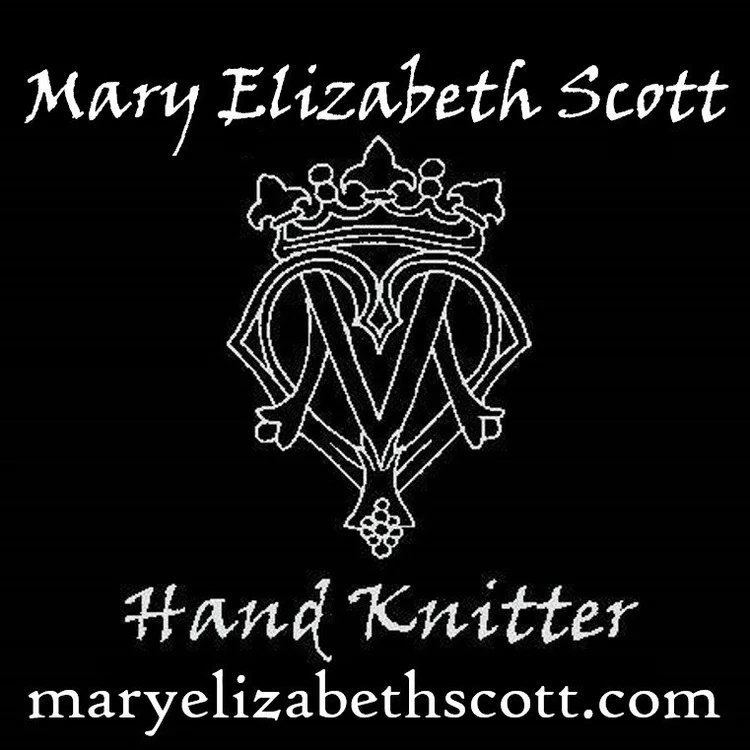Command Decisions
Recognize this schematic? I mean before someone circled-and-slashed it?
This is the schematic of the proposed garment shape for Roan's Roan pattern. The reason *someone* has defaced it is that it is hateful to human bodies, and therefore to knitters. THERE IS NO PLACE TO PUT THE WEARER'S NECK. Placing a "garment" of this shape onto a human body will result in (at least) two problems:
1. The pointy shape at the top of the center back will squish down, forming a hump of knitted fabric. Instant Hunchback. We can't see this (or the un-centered chart motifs) because no photos of the back are shown to us. But it's there, my friends, O it is there.
2. The front edges, with no other choice (Science!), will hitch up around the wearer's neck, causing them to shorten in front at the bottom hem.
I'm choosing to believe that the original silhouette was a misguided attempt to make things easier for the knitters. Unfortunately, it only makes things ill-fitting.
Luckily for us, the fix is pretty simple. Now that we are knitting our stranded colorwork in the round, as God intended, all we have to do is have a little think on necklines. There's plenty of time to do this as we blissfully work along on our sweater body tubes.
Here are a few neckline shapes for us to think about, and how to make them:
Copywright Mary Scott Huff, 2017, All Rights Reserved
All of these options are created after all the body tube knitting is complete. We just remove any knitted fabric that would get in the way of our having necks.
Copywright Mary Scott Huff, 2017, All Rights Reserved
These two options call for a little action as we knit. #4 is done when the body tube is complete up to the base of the square neckline. When the second "mini" steek is cut, the neckline forms a square. #5 is done at whatever point in the knitting you feel like it, and calls for mirrored decreases at regular intervals next to the steek. When the steek is cut, the neckline forms a V.
Both of these options call for the knitter to make a command decision on where the shaping will commence, which is why I mention them to you now, while there's still plenty of time for (most of) you to implement them.
For my Permission Denied sweater, I am going with the tried-and-true neckline #1. I like it because it requires no thought while knitting the body tube, and can be placed with exact precision when I'm ready. How about you, Gentle Readers?
Comment below, or weigh in at the Ravelry Knitalong group and show us!
